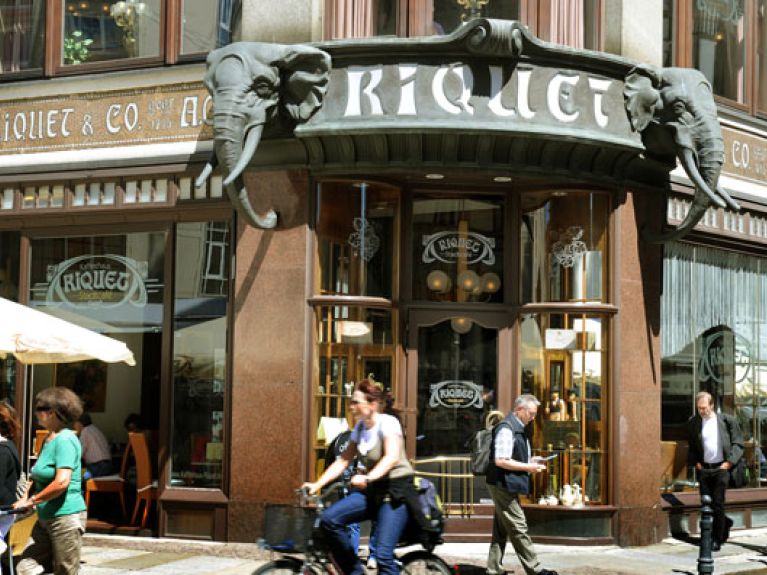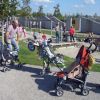Welcome to the home of coffee
Europeans share a passion for taking a short break in a café. A tour of coffeehouse culture.

When you visit one of the better known cafés in Berlin just before 11 o’clock on a weekday morning you can really only wonder. Doesn’t anyone work in this city? You have to ask yourself this question in the face of all these fully occupied tables. To save Berliners’ reputation, let us assume that the guests are simply working in a café. They must certainly all be journalists, writers or artists who have come to be inspired by the coffeehouse atmosphere and will shortly rush home to complete their work. Berlin is a city of creative types, of politicians, lobbyists, students and tourists – and of cafés where all these people meet. And with a little luck a cup of coffee or cappuccino is also a little cheaper here than in the rest of the country.
Although Berlin, Hamburg and Munich may not have the coffeehouse culture of Vienna, Prague, Budapest or other cities that were influenced for centuries by the Habsburg monarchy, they and other German cities still have their jewels. Munich has the Stadtcafé, the more counter-culture Baader Café and the tradition-steeped Tambosi, located directly at the Hofgarten, Hamburg offers the Café Paris in the city centre or the many cafés in the Karoviertel, while Berlin has the Einstein and the Café im Literaturhaus.
And yet until a few years ago it was difficult to find a good coffee at all. Connoisseurs joked that the coffee tasted better at every Italian autostrade service station. And the fact that a cappuccino is not necessarily served with a stiff mass of whipped cream, but with a layer of foamy milk froth is one of the lessons of the discovery of those “Italian moments” in life that are increasingly also being experienced at home thanks to the inexorable triumph of the espresso machine. Many coffeehouses now have their own brands or offer special roasts for sale like Barcomi’s in Berlin or Aroma in Munich. More and more coffee roasters are now opening with integrated coffee shops, where, however, the focus is less on atmosphere and more on the appreciation of coffee by real connoisseurs. This is where you come to indulge a taste for coffee, not to talk or read.
What was important in the traditional coffeehouse, however, was less the coffee and more the atmosphere. The Golden Twenties in Berlin are unthinkable without the city’s coffeehouse culture. Romanisches Café opposite today’s Remembrance Church or Café Grössenwahn were artists’ living rooms, the living quarters of the Bohemian set. Writers and journalists like Joseph Roth, Erich Kästner and Egon Erwin Kisch are said to have frequented them as well as artists like Max Liebermann and actors like Lotte Lenya. And if you didn’t have much money, you could sit with one cup of coffee (with rum) and read the newspapers for hours free of charge, engage in endless debate, curse parsimonious publishers, denounce critical readers as obstructers of true genius and otherwise vociferously complain about all the tribulations of the literary world, which were frequently of a financial nature. This form of old European coffeehouse culture survives deep under the surface, and perhaps you can still gain an inkling of it at the Greco in Rome, the Gijón in Madrid, the Procope in Paris or the Luitpold in Munich. Newspapers are still available to read here, but naturally smartphones and tablet computers are now the number one café accessories.
In German cities, and there primarily in the gentrified districts where high-earning young families live, there is a more recent phenomenon: the children’s café. Here mothers and fathers can drink their latte macchiatos while their little ones systematically take the furnishings to pieces without anyone complaining. And then there are increasing numbers of indoor play centres with adjacent café areas, where it smells of freshly baked waffles, the favourite food of city kids, but the noise is so loud that conversation is impossible. Here, and only here, does the newfangled coffee creation of the latte macchiato (sometimes also referred to in Germany as a caffè latte) make any sense. In reality, after all, hot milk with a slight taste of coffee is a children’s drink. ▪
Annabel Wahba

